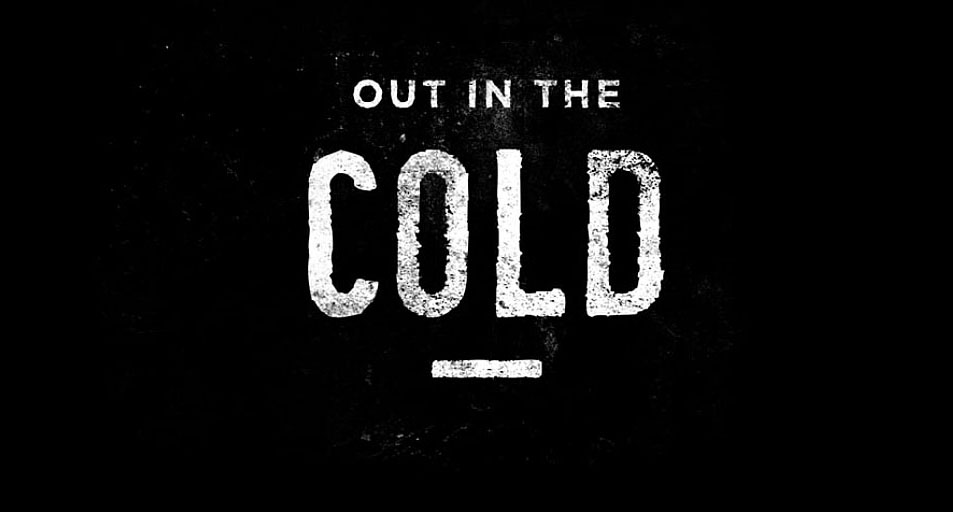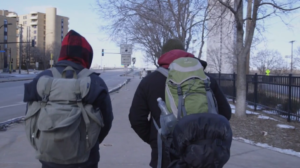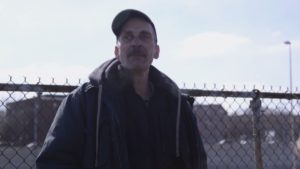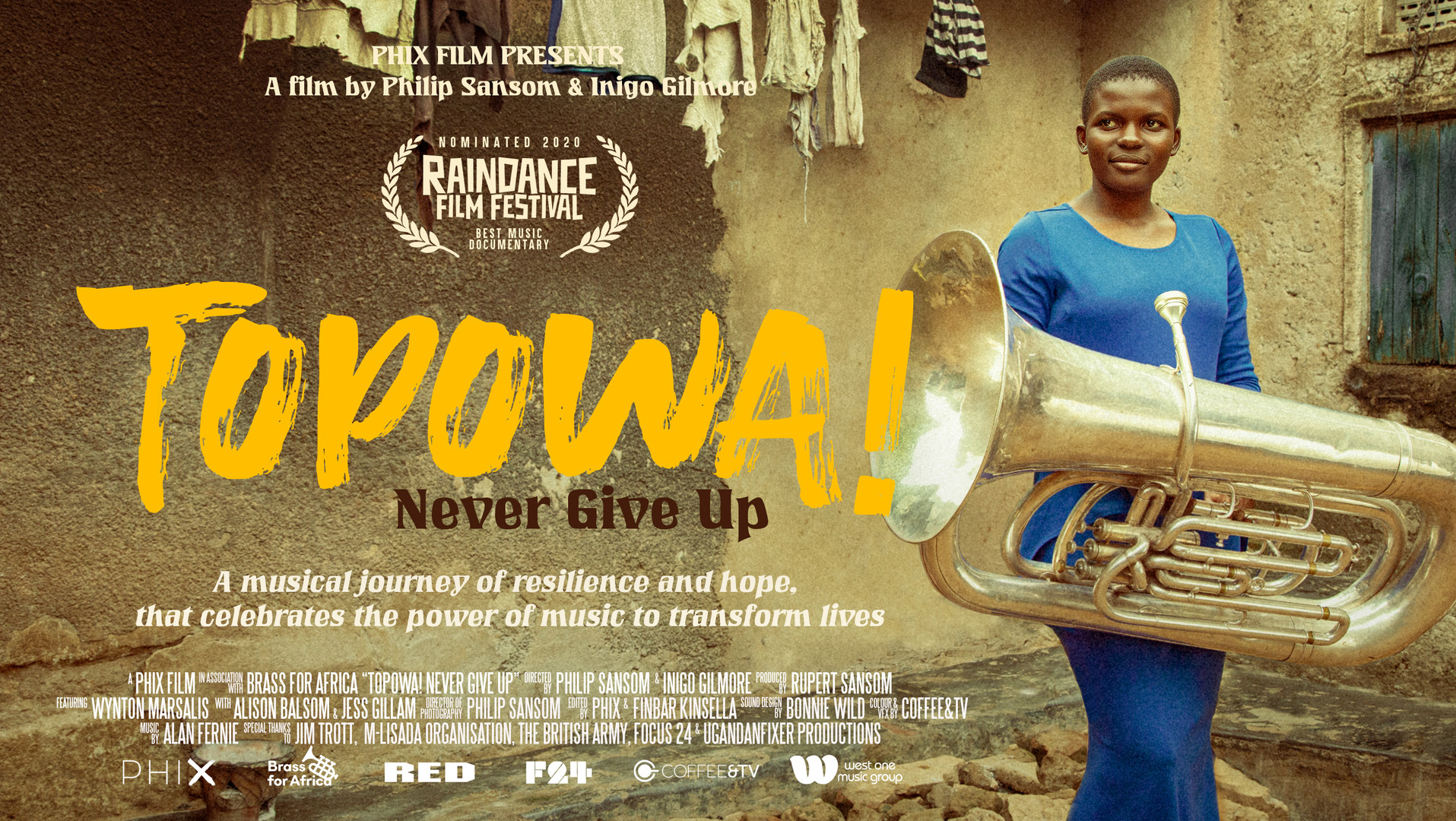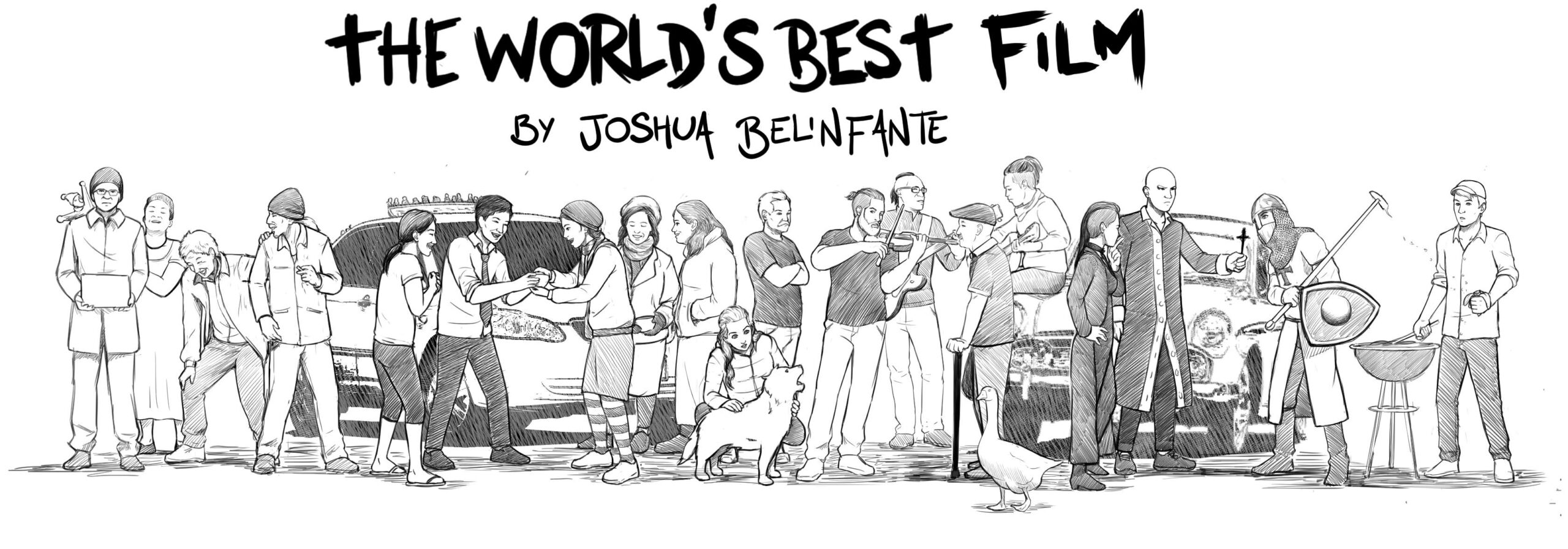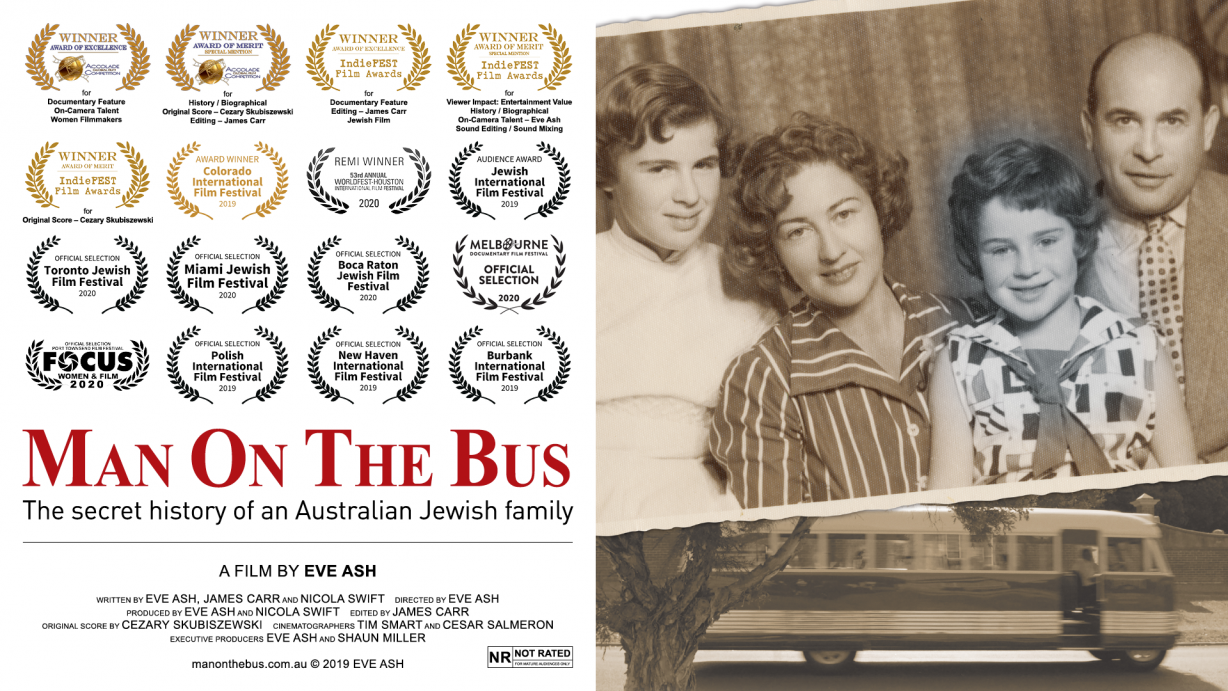In “Out in the Cold,” director J.D. O’Brien and John Koepke step out of their comfort zones to not only see what life is like for those without stable housing in their community, but to live it themselves. Not many people would sleep outside in a Minnesota winter by choice. Even fewer would film themselves doing it. The safety risks are wide and potentially deadly. For filmmakers, hazardous conditions pose their own threats to production. J.D. and John face many challenges over the course of seven days without permanent housing. The stories of those for whom homelessness is a reality, not a project, are featured prominently in the film as they graciously share their experiences and hopes with the duo. “Out in the Cold” is a documentary that rises past a seven day experiment. Its backbone of compassion stands tall and will inspire viewers to choose empathy and kindness over judgement and dismissal long after they see the film.
Minnesota is known to have one of the harshest winters in the United States. Below freezing temperatures make nighttime treacherous for anyone who finds themselves outside without proper housing. With this in mind, J.D. and John try to find areas to spend the night in that are less exposed to the cold and in places where many actual homeless may choose to shelter. This includes concrete nooks beneath an overpass, inside the Minneapolis Skyway, which is a system of enclosed pedestrian footbridges, riding back and forth on light-rail trains, at various community shelters, and, of course, just plain wandering.
As J.D. told me in our recent interview, “The biggest surprise for us was the lack of sleep. Anyone you see on the streets is on the brink of exhaustion, guaranteed. No matter what city you’re in, you’re not going to sleep well without stable shelter.”
The duo was equipped with sleeping bags and coats, making them more prepared than some. Yet, despite these “luxuries,” their experience remained challenging. The fact that they were prepared with certain survival items didn’t take away from the realness of their experiment, but instead made an even more powerful case for those who truly are struggling.
I appreciated that J.D. and John tried to live homelessness in more than one way, including acknowledging the working homeless population. Throughout their experience, they recognize individuals and their unique situations. So often the word “homeless” is used by society to identify and define a diverse population as one entity. There’s no personalization attached to it. From start to finish, “Out in the Cold” is less a film about homelessness as it is an intimate film about people.
J.D. and John are able to maintain that human focus by asking questions about hope.
One of my favorite encounters in the film is with a man named David. When asked about what hope means to him and what his plans for the future are, David movingly says, “I really do want to get back on my feet, man. I had it at one point, you know what I mean. If you had it once in life, you can get it again. . . . There is more to life. There is. I want to go fishing. I want to go hunting again. You know, little things, pleasurable things.”
While J.D. and John shoot a few of the night scenes on their own, 99% of the film is shot by cinematographer Ben Enke, whose skill shines in his marvelous captures of resiliency and the human spirit found in the eyes of many of the men featured in the film. By choosing to have someone else in charge of the camerawork, the film’s theme of seeing people not poverty is further lifted because J.D. and John are able to devote their full attention to having meaningful encounters with people versus being absorbed in the work of getting a good shot. Throughout the film, J.D. and John stay true to the experience and to interacting with people heart-to-heart, not as filmmakers, but as open-minded individuals seeking to learn from and better understand the experiences of others.
As I was watching the film, on more than one occasion I found myself taking note of the music. Too often filmmakers make the mistake of not investing in a good score or not devoting enough attention to sound design. Not here. Sean Adam Cody and Elliot Johnston deliver an original score that weaves through the film so beautifully, it is easily one of the best documentary soundtracks I’ve heard in months. As far as sound design and sound mixing go, since most of this film takes place outdoors you can imagine the elemental challenges that sound designer Mike Hallenbeck and production sound mixer Matthew Manson might have encountered: wind, cars, you name it. Nonetheless, they triumph over these things creating high quality audio that can best be described in one word—superb.
“Out in the Cold” prevails at creating empathy by giving voices to those who aren’t always heard. The film is successful for all the reasons mentioned above, but most of all because it reminds us of our humanity and how we’re all connected by threads of hope. And unlike stereotypes or stigmas that are idle and serve no purpose, hope is powerful because it moves us forward.
Film Website | Interview with Director J.D. O’Brien | “Out in the Cold” on Facebook

